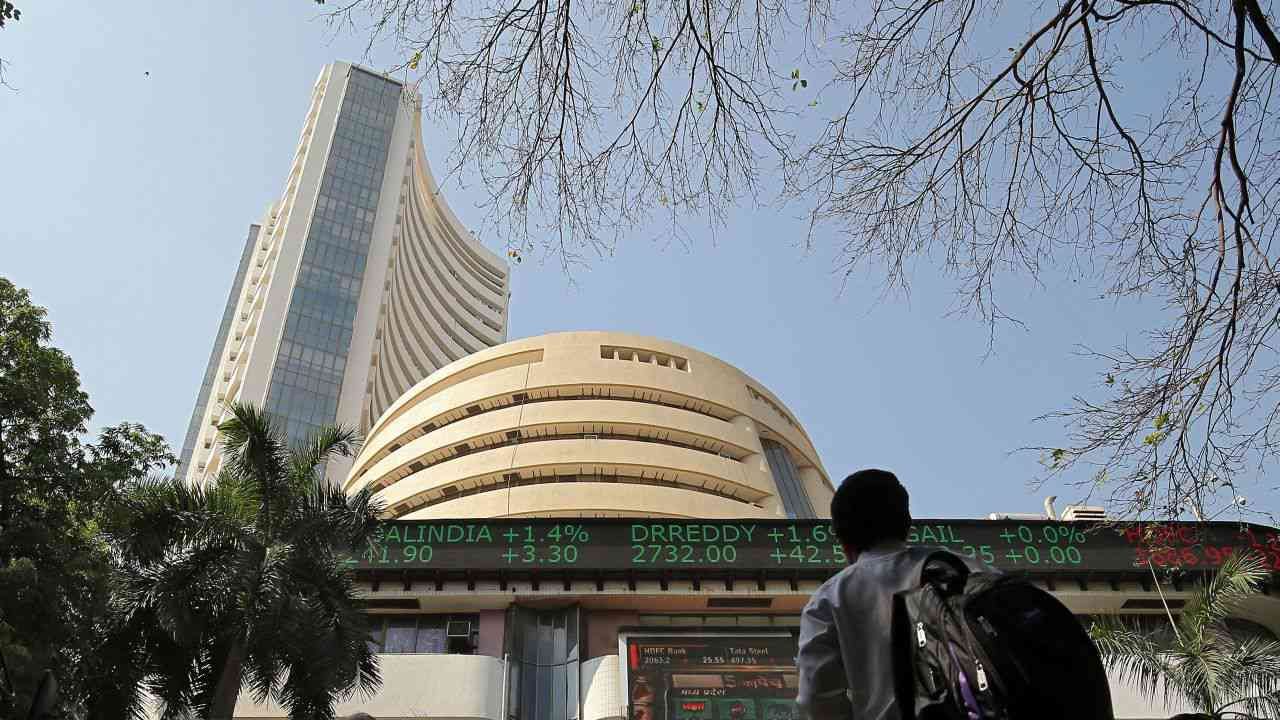The Indian equity market has seen numerous ups and downs in the past decade with some brutal corrections followed by rocketing gains. It was a cat-and-mouse game as the tug of war continued between the bulls and bears.
January 22, 2008
The Sensex saw its biggest intraday fall the following day when it hit a low of 15,332, down 2,273 points. However, it recovered losses and closed at a loss of 875 points at 16,730. The Nifty closed at 4,899 losing 310 points. Trading was suspended for one hour at the BSE after the Sensex crashed to a low of 15,576.30 within minutes of opening, crossing the circuit limit of 10 percent.
February 11, 2008
Almost 3 weeks later, the Sensex plunged 4.57 percent intraday as the index shed 796.43 points. The benchmark index tumbled by 833 points, or 4.78 percent and closed at 16,630 points on growing global worries over slowing economic expansion.
Weak global markets and disappointing corporate earnings affected market sentiments.
March 3, 2008
The BSE benchmark Sensex witnessed its second-largest fall ever losing 900.84 points to close at 16,677.88 on frantic selling by funds, triggered by deepening concern over the recession in the US and budget-related concerns.
The markets fell 3.19 percent intraday thereby shedding 549.68 points. This was further aided by the massive loan write-off by state-run banks, announced in the budget which in turn increased the bear hold.
March 17, 2008
The following month, saw the Sensex tanking 3.38 percent or 517.44 points intraday. But the worst was yet to come on that day as the index plunged and closed lower by 6 percent, thereby shedding 951 points and closing below the 15,000-mark.
Gold prices zoomed past all previous records and opened at a new high of around Rs 13,500 in the bullion market on the back of brisk buying.
The valuation at which Bear Stearns changed hands shocked investors as JPMorgan Chase and Co. took over the firm for USD 240 million.
The US Federal Reserve had cut its discount rate by a quarter to 3.25 percent from 3.5 percent and created a lending facility for investment banks at the New York Federal Reserve Bank, which was the first time following the Great Depression.
October 24, 2008
The Sensex plunged 9.09 percent intraday on this day tanking 869.64 points. However, the Index was down by 1070.63 points or 10.96 percent to close at 8,701.07 while the Nifty ended at 2,557.25, down 13.11 percent or 386 points.
The BSE Midcap closed 8.38 percent lower and BSE Smallcap Index ended 7.66 percent down. The main reason for the fall was the Central Bank’s policy review meet, wherein it did not reduce rates. The fall was further aided by the confirmation of recession in the UK.
The fall was attributed to RBI’s credit policy announcement, FII outflow and the government’s stance on FII to reverse short positions.
July 6, 2009
The Sensex tumbled 6.98 percent intraday by around 1054.47 points, as investors went on a selling spree following the government not coming out with any significant positive news on the reforms and divestment fronts when it presented the Union Budget. The Index however closed 869.65 points lower, or 5.8 percent to 14,043.40.
August 24, 2015
The Sensex tanked 3.7 percent intraday on August 24, 2015 and ended over 1,600 points down, the biggest in over seven years, which was led by a crash in global markets. The rupee fell to a 2-year low and plunged by 66 paise to trade below Rs 66 against the dollar in opening trade on sustained capital outflows even as the American currency weakened overseas.
The Chinese stock markets plunged nearly 9 percent and wiped out what was left of the 2015 gains, which in June the same year was more than 50 percent. Brent and US crude oil futures hit fresh 6-and-a-half-year lows as investors continue to worry about weak demand and a slowdown in China economy, amid a global supply surplus.
Overseas investors pulled out nearly Rs 2,000 crore from Indian stock markets since the beginning of August, amid concerns over China’s economy coupled with sharp erosion in the value of the rupee.
February 2, 2018
Benchmark indices witnessed the steepest single-day fall in more than a year on Friday as stricter tax rules for stock investments and the easing of fiscal deficit targets unnerved investors.
The selloff in developed bond markets — mainly in the US — accentuated the nervous undertone in equities as investors kept a wary eye on firm oil prices, considered one of the biggest risks to the Indian economy. The Sensex plunged about 840 points, or 2.3 percent to close at 35066.75.
June 6, 2019
The Sensex fell 553 points to close to 39,529 – its biggest one-day fall of this year. The Nifty also breached the 11,850 level, ending 1.4% lower at 11,843.
The Reserve Bank of India has lowered repo rate for third time in just four months and signaled more easing ahead. The global markets were also supportive.
February 1, 2020
BSE Sensex plummeted 988 points on Saturday to close below the key 40,000-mark, led by an intense broad-based selloff after the Union Budget for 2020-21 failed to live up to market expectations.
Experts said the Budget has been below par considering investors had extremely high expectations from the government to revive the economy.
Nosediving nearly 1,275 points from the day’s high, the 30-share index ended 987.96 points or 2.43 per cent lower at 39,735.53. It hit an intra-day low of 39,631.24 and a high of 40,905.78.
Similarly, the 50-share NSE Nifty plunged 300.25 points or 2.51 per cent to 11,661.85, sinking below the 2019 Budget day level of 11,811.15.


















